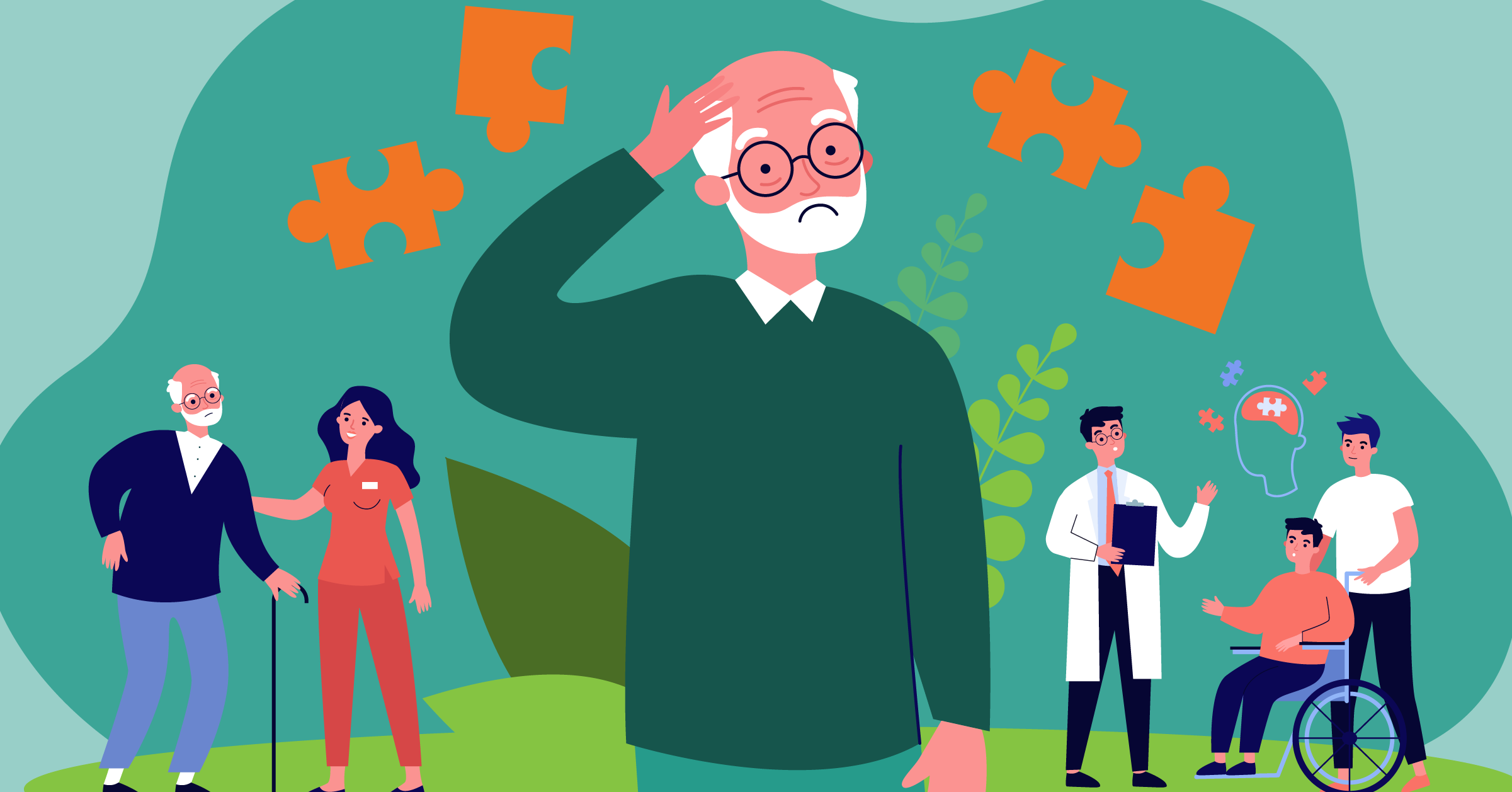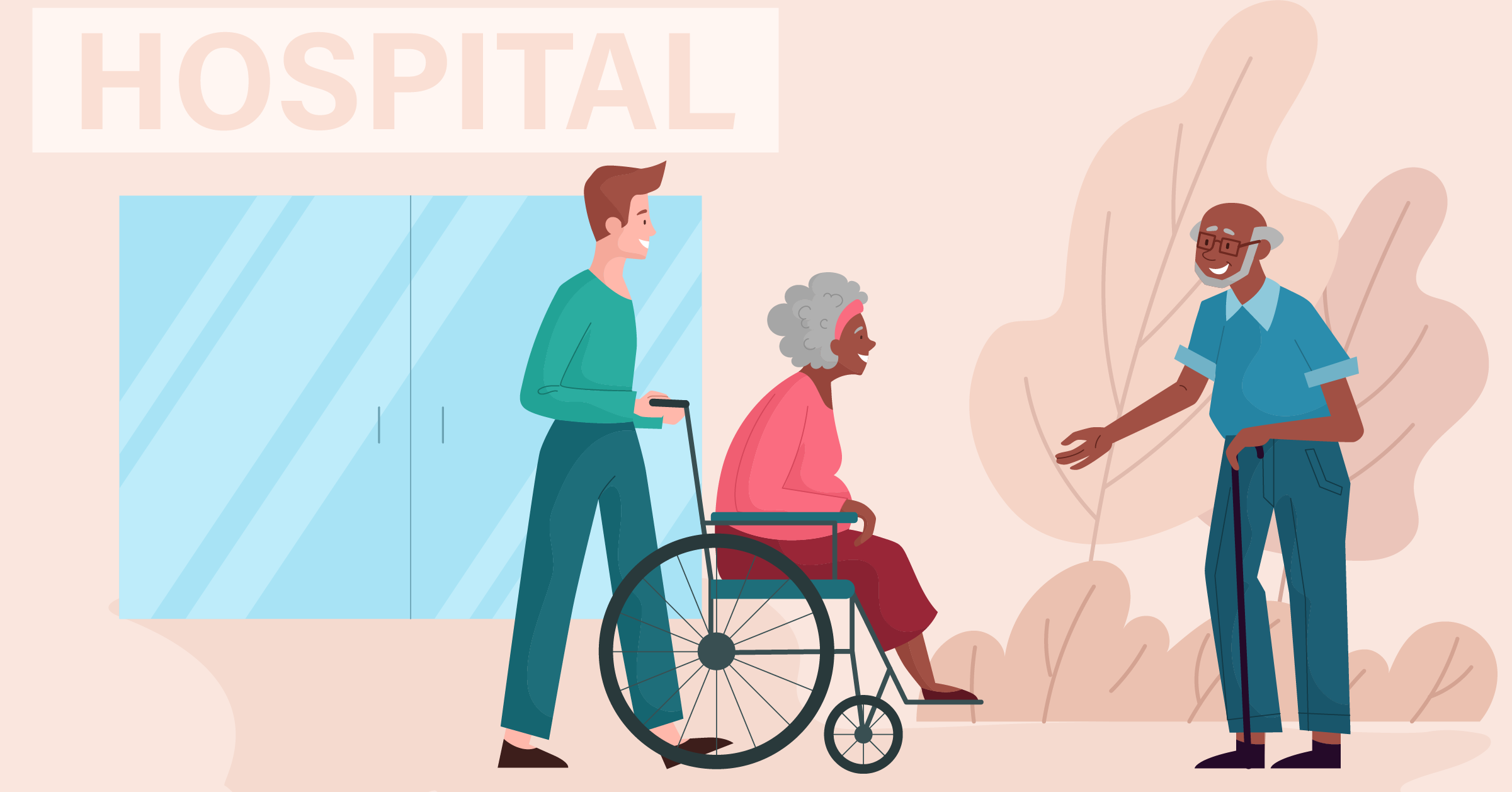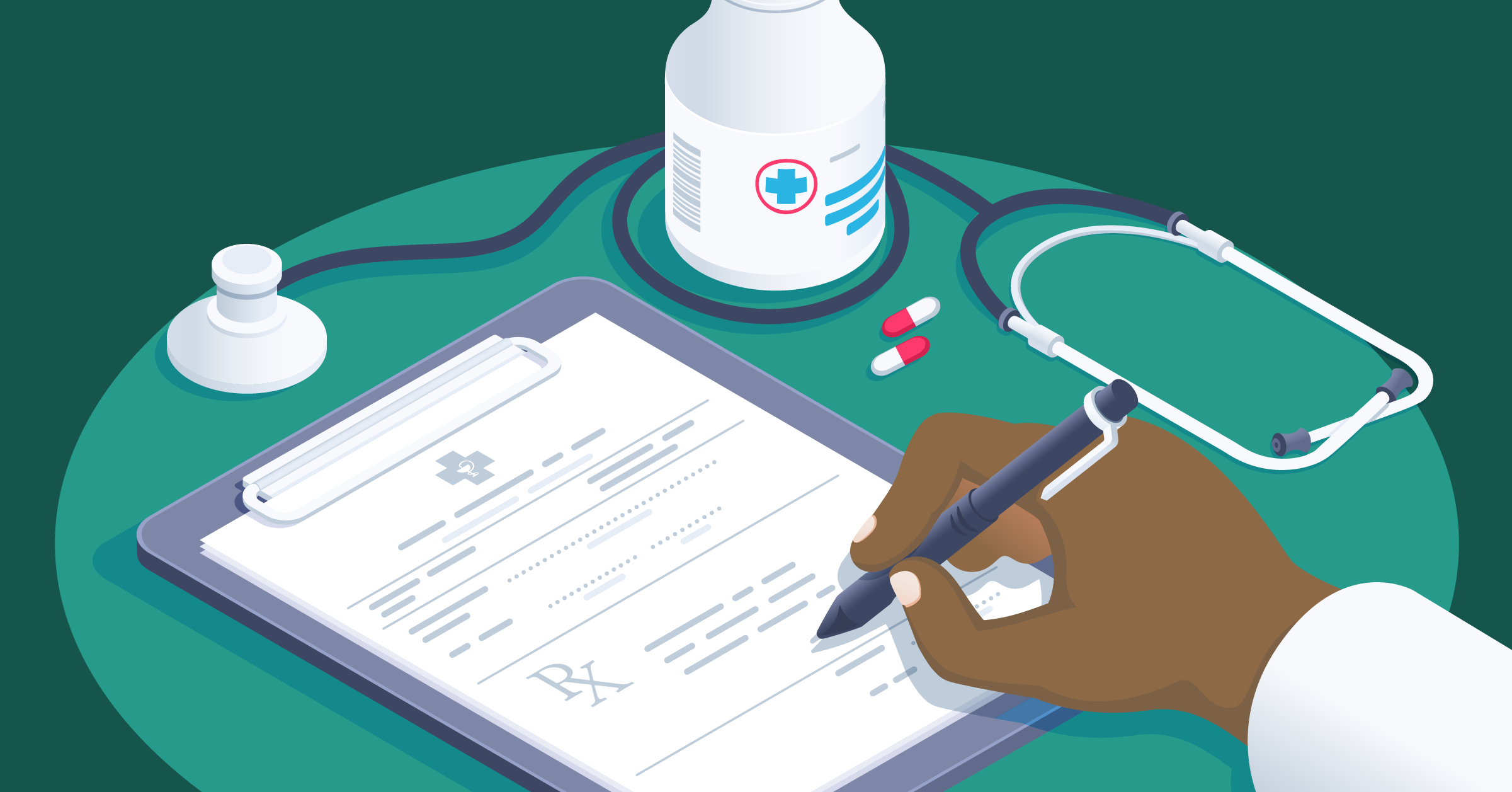
Cognitive Impairment: Dementia
People with dementia are twice as likely to use the ED and 1.5 times more likely to have an avoidable visit. When in the ED, they often struggle and are at greater risk of poor outcomes.

Geriatric Emergency care Applied Research Standardization Study

Geriatric Emergency care Applied Research Standardization Study

People with dementia are twice as likely to use the ED and 1.5 times more likely to have an avoidable visit. When in the ED, they often struggle and are at greater risk of poor outcomes.

A large amount of evidence indicates that an ED visit is a period of vulnerability for older adults, especially as they transition back to the community, from the ED to home or a nursing home.

Falls range from minor to fatal; even minor falls can cause psychological distress and fear, leading older adults to feel dependent and chained to their bedrooms. In addition, stigma is a major problem so only a small percentage of older adults report their falls. Falling one time doubles an individual’s risk for falling again.

There are opportunities to administer screening for elder mistreatment in the ER, with both screening tools in development and research funding from the National Institutes on Aging (NIA), the National Institutes of Health (NIH) overall, the John A. Hartford Foundation (JAHF), and others.

Avoiding ADEs requires a comprehensive approach to avoid dangerous medications in older adults.

Individuals identified as experiencing delirium in emergency departments are more likely to develop dementia as older adults. Yet, almost three decades of research has shown that delirium and dementia are under-recognized in emergency departments, despite a proliferation of screening tools.